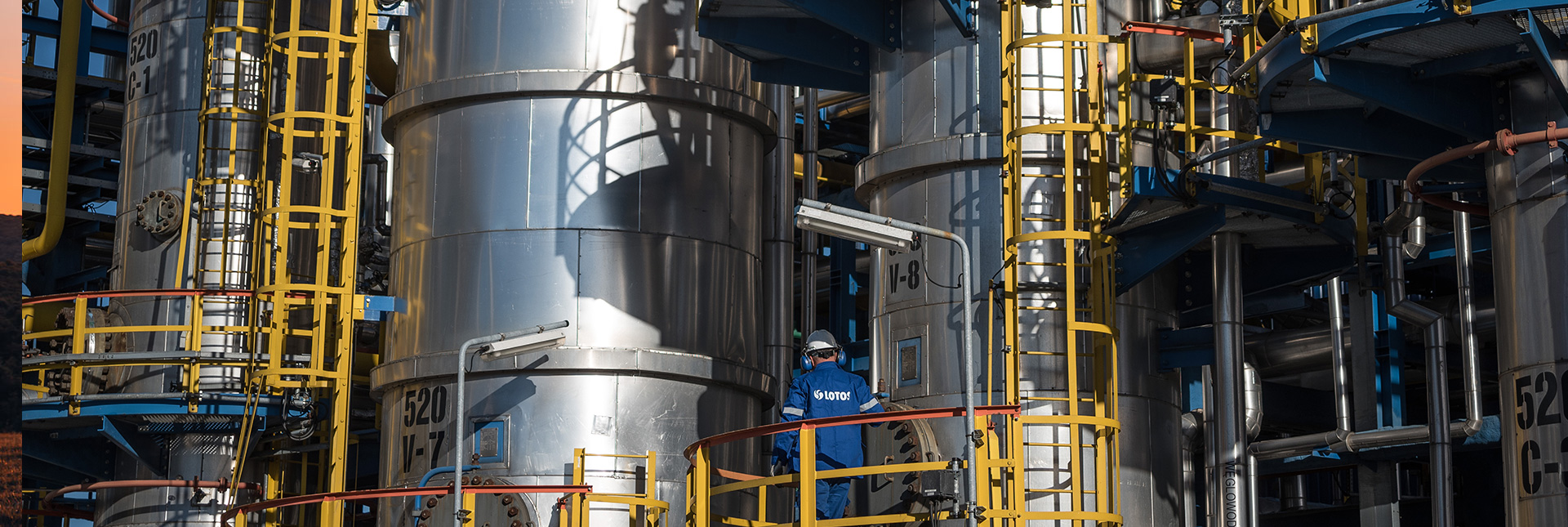Situation on the Polish fuel and fuel products market is affected by the operations of several neighbouring refineries.
- Płock refinery (PKN ORLEN), Poland – approximately 16.5 million tonnes,
- Leuna refinery (TOTAL Group), Germany – approximately 11.6 million tonnes,
- Schwedt processing refinery (PCK Raffinerie GmbH), ownership – ENI/ROSNEFT, Germany – approximately 11.8 million tonnes,
- Mažeikiai refinery (PKN Orlen), Lithuania – nameplate capacity of approximately 15 million tonnes, but in view of the existing technology set-up and market conditions, only about 8 million tonnes of the capacity is effectively utilised,
- Schwechat refinery (OMV), Austria – approximately 10.1 million tonnes,
- UniPetrol refineries in Kralupy, Litvinov (PKN Orlen), the Czech Republic – approximately 8.7 million tonnes,
- Bratislava refinery (Slovnaft, MOL Group), Slovakia – approximately 6.1 million tonnes.
- Bayernoil processing refinery (Vohburg – ENI/VARO/ROSNEFT), Germany – approximately 10.7 million tonnes,
- MiRO processing refinery (Karlsruhe – PHILLIPS 66/EXXONMOBIL/SHELL/ROSNEFT), Germany –approximately 16 million tonnes,o Holborn Europa Raffinerie processing refinery (Hamburg – Holborn European Marketing), Germany –approximately 4.7 million tonnes
- Ruhr Oel Refinery processing refinery (Gelsenkirchen – BP), Germany – approximately 12.9 million tonnes




